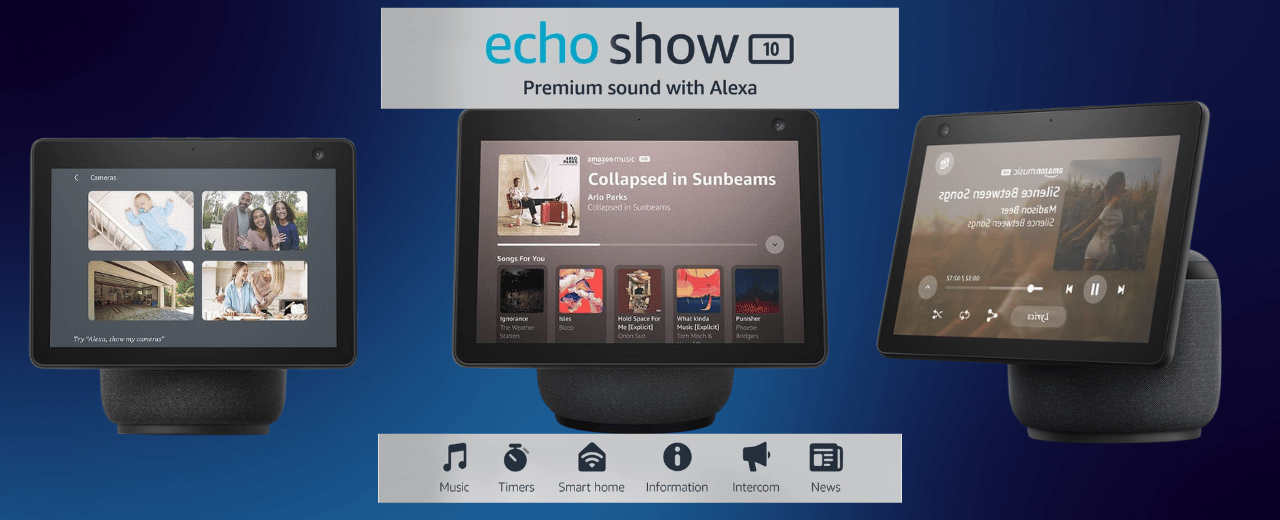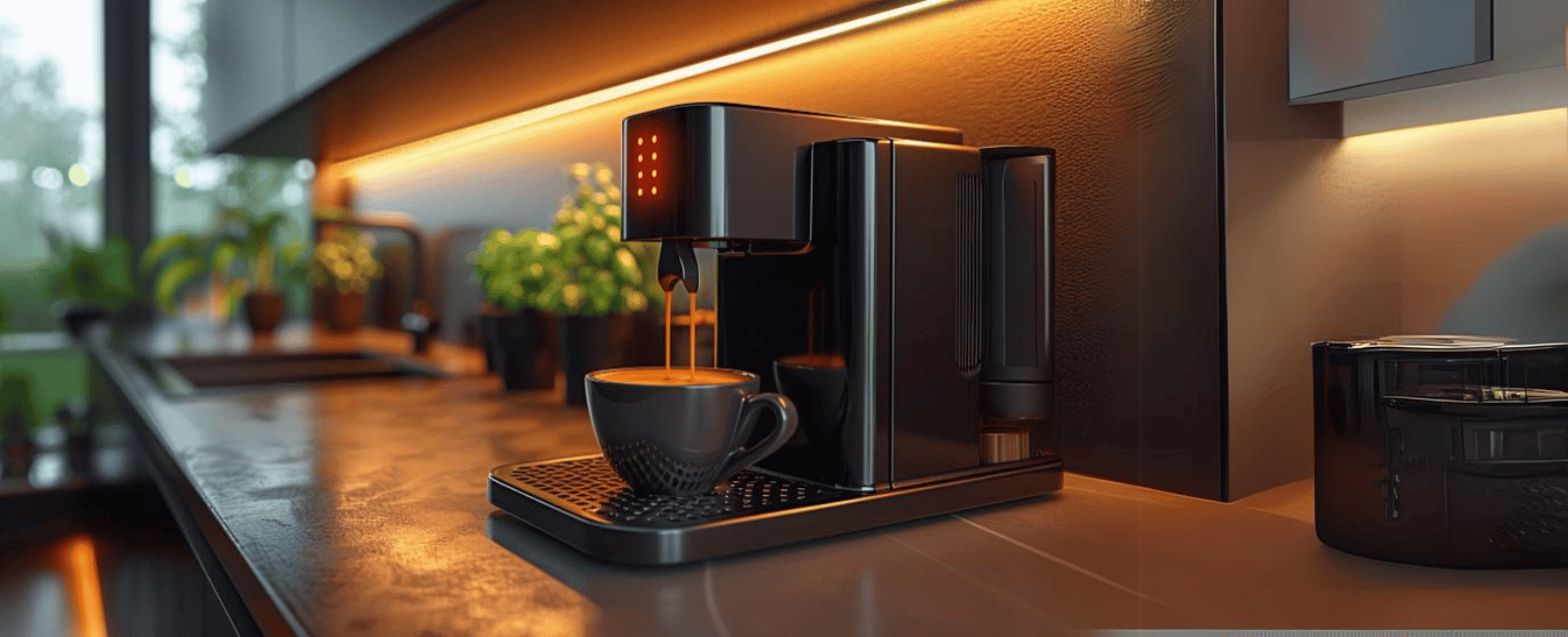Wearable technology has rapidly evolved from simple fitness trackers to sophisticated devices that can monitor health, improve productivity, and enhance entertainment experiences. As technology continues to advance, wearables are becoming an integral part of our daily lives, offering convenience, connectivity, and insights that were once unimaginable. This article explores the current trends in wearable technology, its applications across various sectors, and what the future holds for this rapidly growing industry.
The Evolution of Wearable Technology
The concept of wearable technology is not new. It dates back to the 1960s with the creation of the first wearable computer, which was used to predict roulette outcomes. However, it wasn’t until the early 2000s that wearables began to gain mainstream attention, with the introduction of devices like the Fitbit and the first-generation Apple Watch. These early wearables primarily focused on fitness tracking, allowing users to monitor their steps, heart rate, and sleep patterns.
Today, wearable technology has expanded far beyond fitness. Modern devices incorporate advanced sensors, artificial intelligence (AI), and machine learning to offer a wide range of functionalities. From smartwatches and fitness trackers to smart glasses and wearable medical devices, the wearable tech industry is booming, with no signs of slowing down.
Health and Fitness: The Heart of Wearable Technology
Health and fitness remain at the core of wearable technology. Devices like the Apple Watch, Fitbit, and Garmin have revolutionized how people approach their health. These wearables can track a wide range of metrics, including heart rate, blood oxygen levels, and even detect irregular heart rhythms, potentially alerting users to serious health conditions before they become critical.
Moreover, wearables are playing a crucial role in the fight against chronic diseases. For example, continuous glucose monitors (CGMs) like the Dexcom G6 have made it easier for people with diabetes to monitor their blood sugar levels in real-time, reducing the need for fingerstick tests. These devices can also sync with smartphones and other devices, allowing users to share their data with healthcare providers for better management of their conditions.
In addition to health monitoring, wearables are also enhancing fitness routines. Advanced fitness trackers can provide detailed insights into workouts, from tracking calories burned to analyzing running form. Some devices even offer personalized coaching, helping users optimize their exercise routines based on their individual goals and performance data.
Workplace Wearables: Boosting Productivity and Safety
Wearable technology is also making its way into the workplace, where it is being used to improve productivity, safety, and overall employee well-being. Smartwatches and other wearable devices can help employees stay organized by providing reminders, tracking tasks, and even monitoring stress levels. This can lead to a more balanced work-life experience, reducing burnout and improving job satisfaction.
In industries like construction, manufacturing, and logistics, wearables are being used to enhance safety. For example, smart helmets and vests equipped with sensors can monitor environmental conditions and detect potential hazards, such as high levels of toxic gases or extreme temperatures. These wearables can alert workers in real-time, preventing accidents and injuries.
Moreover, wearable technology is playing a role in remote work. Virtual reality (VR) and augmented reality (AR) wearables are being used to create immersive virtual environments, allowing remote teams to collaborate as if they were in the same room. This technology is particularly valuable in industries like engineering and design, where visualizing complex structures and processes is essential.
Wearable Technology in Entertainment and Lifestyle
Wearable technology is also transforming the entertainment and lifestyle sectors. Smart glasses, such as Google Glass and Microsoft’s HoloLens, offer augmented reality experiences that blend the digital and physical worlds. These devices can overlay information, graphics, and other digital content onto the user’s field of vision, opening up new possibilities for gaming, education, and even navigation.
In the world of fashion, wearable technology is being integrated into clothing and accessories. Smart fabrics embedded with sensors can monitor a person’s movement, posture, and even emotional state, providing feedback that can be used for health and wellness purposes. Some designers are also experimenting with tech-infused clothing that changes color or pattern based on environmental conditions or the wearer’s preferences.
Wearable audio devices, such as wireless earbuds and smart headphones, have become increasingly popular, offering high-quality sound and seamless connectivity with other devices. These wearables often come with features like noise cancellation, voice control, and biometric sensors, making them versatile tools for both entertainment and productivity.
The Future of Wearable Technology
The future of wearable technology is bright, with innovations on the horizon that could further integrate these devices into our daily lives. One area of development is in wearable medical devices, which are becoming more advanced and specialized. For example, researchers are working on wearable devices that can monitor vital signs in real-time, detect early signs of illness, and even deliver medication when needed.
Another exciting development is in the realm of brain-computer interfaces (BCIs). These devices, which are still in the experimental stage, have the potential to allow users to control devices with their thoughts, opening up new possibilities for people with disabilities and enhancing human-computer interaction.
Wearable technology is also expected to play a significant role in the Internet of Things (IoT). As more devices become connected, wearables will serve as the interface between humans and the smart environments around them. This could include everything from controlling home automation systems to interacting with smart cities.
Conclusion
Wearable technology is no longer a niche market; it is a rapidly growing industry with the potential to transform every aspect of our lives. From health and fitness to workplace productivity and entertainment, wearables are offering new ways to connect, monitor, and enhance our experiences. As technology continues to evolve, the possibilities for wearable technology are endless, making it an exciting area to watch in the years to come.
For those looking to explore the latest in wearable technology, Amazon’s Wearable Tech collection offers a wide range of devices that cater to various needs and preferences.






